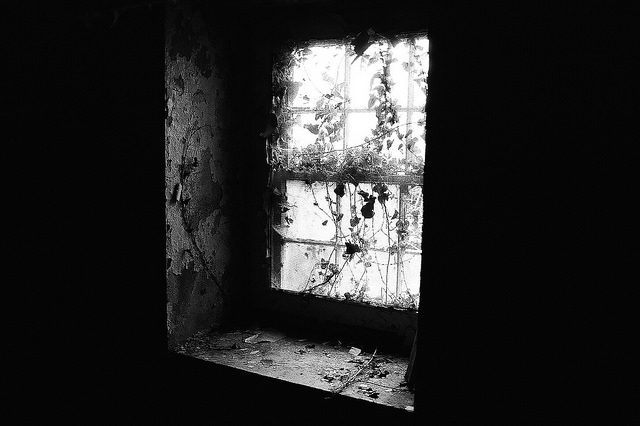Years before this institution was even built, the land upon which it rested belonged to the members of three Indian tribes known as Shawnee, Cherokee and the Powhatan.
The land itself is filled with blood and horror from times when different people fought for the right to live here. It was its relative closeness to the New River Watershed that made the Indian tribes and the early European settlers to hate each other and present each group their own weapon.

Naturally, the Indians had their tomahawks and the members of the Shawnee tribe in a gruesome manner demonstrated what this piece of the earth really meant to them. In 1755 with no hesitation they attacked the Draper’s Meadow colonists.

The Indians went as far and ghastly as they could in the massacre. One of the people killed by the tribesmen was Philip Barger. They put the old man’s decapitated head in a bag and give it to a woman named Mrs Lybrook, telling her that inside she will find an old friend.
The rest of the colonists ended up as hostages. The horrors the happened upon and for this land are numerous. Scalping and decapitating are just part of the violent history of this place.

Over a century passed until, in 1892, the buildings that would later become the St. Albans Sanatorium came to existence, as a Lutheran Boys School. Its founder George W. Miles expected the boys to one day leave this school as gentlemen. The boys were expected to perform well in everything, which meant that the competitiveness among the boys would soon reach epic proportions.

The ways of this school were different to any other. It was a place where bullying was sort of rewarded and as a result, homicides and suicides became a part of the history of this place. When George W. Miles left this earth and headed toward ‘greener pastures’, the school began to loose its reputation and finally closed it’s doors in 1911.

Dr John C. King used $500 out of his own pocket and another $16,000 of borrowed funds to purchase the land, including the buildings of the former school. He quickly renovated the structures and on January 15, 1916, St. Albans Sanatorium was ready for its first patients.
If one was to consult the brochures about this institution, in it he or she would find a neat description of this place, such as “diversional exercises and employment, vegetable and flower gardens and an adequate dairy herd”.

In its early days, the sanatorium had some financial troubles, but Dr John C. King refused to give up. With the support of his wife, he further expanded the hospital and its services. The growth of the population from nearby settlements rose and this meant that the patient number followed proportionally.
Given the fact that this sanatorium was the only hospital in the area, the St. Albans Sanitarium also offered general medical care. The hospital’s staff worked six days a week and lived on the hospital’s property.

In all its first 30 years the hospital dealt with more than 6,000 patients and it continued to grow in the decades that followed. New outpatient cinics that opened in the 1960s caused the sanatorium to gain in popularity even further. Two decades later it was time for an upgrade and the hospital was relocated to a new and definitely more modern $8 million building.

But the days of greatness were soon nearing the end, which happened to be in the 1990s, at the time when the hospital became part of the Carilion Health System. There was a plan for the old buildings to be demolished however this was halted in 2007 due to historical reasons.
Today this hospital and historic lands are open for tourists, many of whom report strange experiences here. People say they can hear and smell gun powder burning that apparently comes from nowhere, or a distant cry that came from a dark and grisly past.
